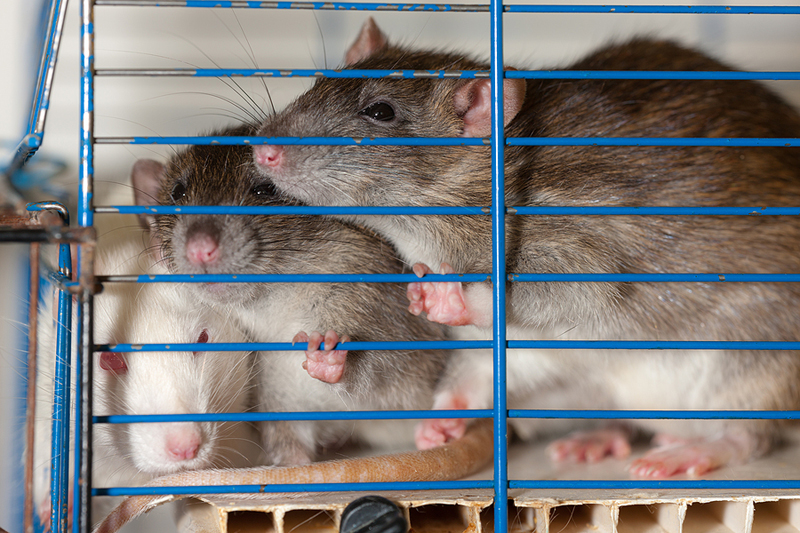Canada bans cosmetic testing on animals
Bills C-47 and S-5 include amendments for a ‘more humane future’ for animals in Canada
The testing of cosmetic products on animals will no longer be allowed in Canada.
With the passing of Bill C-47 (Budget Implementation Act, 2023, No. 1) on June 22, the Food and Drugs Act (FDA) has been amended to ban cosmetic animal testing, Humane Canada reports.
The new legislative changes mean that, in Canada, companies are no longer allowed to test these products on animals or sell cosmetics that rely on animal testing data to establish the product’s safety (with some exceptions). False or misleading labelling pertaining to the testing of cosmetics on animals is also banned.
“With the passage of these historic measures to ban cosmetics animal testing and trade, Canada is getting a cruelty-free makeover,” says Michael Bernard, deputy director of Humane Society International/Canada. “We are so thrilled our government has listened to the millions of Canadians who want the products they buy to be cruelty-free. This legislation truly shows the great things that can happen when government, industry, the non-profit sector, and the public work together to create a better future.”
The milestone comes just one week after the Canadian Government passed provisions to phase out the use of animals in chemical toxicity testing, via measures in Bill S-5 (Strengthening Environmental Protection for a Healthier Canada Act) to amend the Canadian Environmental Protection Act.
Conventional toxicity testing involves poisoning rats, mice, rabbits, fish, birds, and other animals with chemicals via force-feeding, inhalation, or skin absorption for days, months, or years to see the extent to which it disrupts normal bodily functions, Humane Canada reports. Further, half of the more than 150,000 animals used for regulatory testing in Canada in 2021 experienced anywhere from “moderate to severe distress” to “severe pain near, at or beyond the pain tolerance threshold,” according to the Canadian Council on Animal Care (CCAC).
“With the passing of these landmark bills, Canada has shown incredible leadership in creating a more humane future for animals,” says Humane Canada’s CEO, Barbara Cartwright. “It’s been nearly a decade in the making and watching both bills pass so closely together is significant for both animals and the animal welfare sector who have advocated tirelessly for this to end.”
The amendments in Bill S-5 promote the use of non-animal methods and include an array of sophisticated molecular biology tests.
New measures include:
- Requiring new approach testing methods that do not use animals where scientifically justified and “practicable”
- Encouraging the timely development and implementation of alternative methods to animal testing
- Requiring the government to publish a plan, within two years, detailing steps to achieve these goals
“There are an increasing number of non-animal alternative testing methods available which are ethical, often more predictive, more relevant to human outcomes, more efficient, and more cost-effective than animal tests,” Cartwright says. “As we look toward the future of animal welfare in Canada, we need to support the development and use of non-animal alternatives for all types of testing.”



